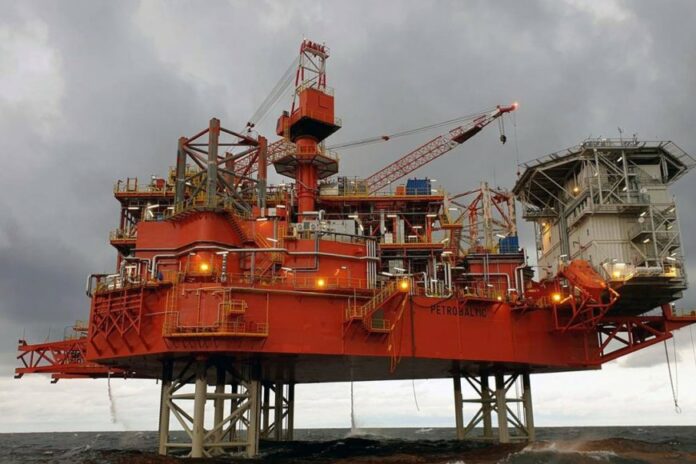Two Russian fighter jets flew at low altitude over the Petrobaltik oil platform in the Baltic Sea, violating its security zone.
This was reported by the maritime unit of the Polish Border Guard.

The Border Guard Service reported that the platform’s security had informed them of the incident, while stating that the planes had not violated the Polish state border.
“Polish airspace was not violated, and a military response was unnecessary,” Lieutenant Colonel Jacek Goryszewski of the Polish Armed Forces Operational Command confirmed to Interia.
Goryshevsky also said that the Russian planes had crossed the no-fly zone, which was defined at a distance of 500 meters from the mining platform. The platform is located 70 kilometers north of Yastarnia.
Karolina Gałecka, a spokeswoman for the Ministry of Interior and Administration, stated on X that the fighter jets had been flying at an altitude of approximately 150 meters.
This was the second Russian provocation on September 19th, after three Russian MiG-31 interceptors entered Estonian airspace without permission in the morning near Vaindloo Island and remained there for almost 12 minutes.
The planes had no flight plans and their transponders were turned off. At the time of the violation, they also did not maintain two-way radio communication with Estonian air traffic control.
The Ministry of Foreign Affairs summoned the Russian Charge d’Affaires in Estonia to protest and deliver a note regarding the airspace violation.
In addition, the Estonian government has decided to initiate consultations with its allies in accordance with Article 4 of the NATO agreement over this violation of Estonian airspace by Russian fighter jets.
Article 4 stipulates that “the parties shall consult each other whenever, in the opinion of any of them, there is a threat to the territorial integrity, political independence or security of any of the parties.”
After the Russian MiG-31 interceptors were intercepted by Italian F-35s, they were escorted by Swedish JAS 39 fighters over the Baltic Sea. Given the NATO escort and the time difference between the incidents, it is unlikely that the two provocations were carried out by the same aircraft.
Source: militarnyi



